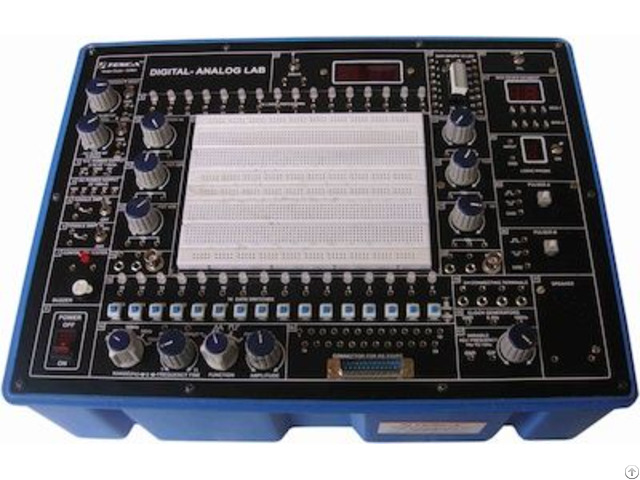

(Many clinicians choose to bypass this step and perform an arbitrary mounting without the facebow transfer, as the value of this kind of facebow transfer has been debated for some time.)

Once this is validated, then the mandibular wax rim is adjusted and an intermaxillary record is made at the right vertical dimension, which is typically determined by the patient’s facial esthetics.Īnother step that is often used is a facebow registration, in order to transfer the orientation of the maxillary cast within the articulator. The conventional analog approach to obtaining and transferring information for full arch cases consists of, first, making an open tray impression from which a master cast with analogs will be poured, then fabricating a base plate and wax rims in order to establish the midline position and the orientation of the maxillary incisal plane/occlusal plane, as well as determine that the wax rim is providing the right lip support in a sagittal plane. The Conventional Approach for Full Arch Cases Intermaxillary records at the correct vertical dimension of occlusion.īefore I describe that simplified technique, let's look at how the process is traditionally done.Desired tooth position: Incisal plane and occlusal plane orientation.Three-dimensional position of the implants / topography of soft tissues.This article describes a simple technique that can help you effectively obtain multiple parameters in just one appointment. Once the implants have fully osseointegrated and the soft tissues have matured, the clinical team is responsible for gathering and transferring information to the lab technician so they can fabricate the definitive restorations in the most accurate and efficient way. When fabricating an implant-supported reconstruction in a full arch case, there are a number of steps that are fundamental to attain success esthetically, biomechanically, and functionally.


 0 kommentar(er)
0 kommentar(er)
